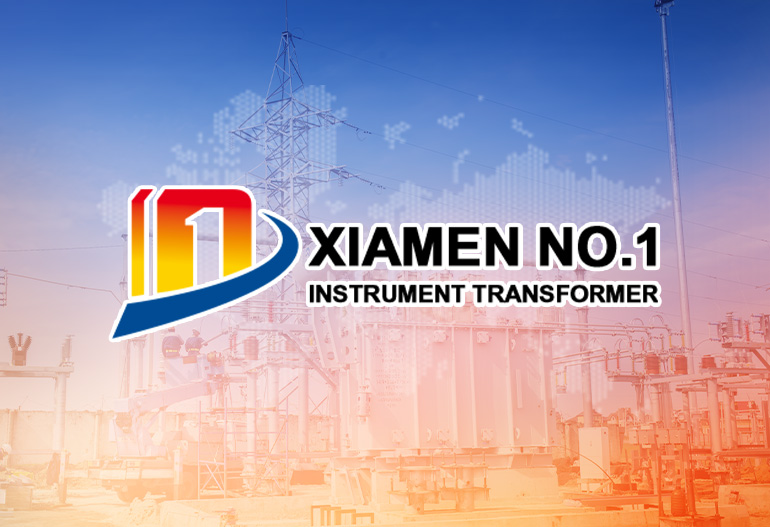AI-Driven Split Core Current Transformers for Real-Time Fault Prediction
Delayed Response: Thresholds only trigger after a fault has escalated (e.g., a short circuit), leaving little time for mitigation.
Missed Anomalies: Subtle pre-fault patterns—such as gradual insulation degradation causing tiny current harmonics—are not detected by simple thresholding.
False Alarms: Transient spikes (e.g., from motor startups) can trigger false alerts, leading operators to ignore critical warnings.
Limited Context: Traditional CTs do not correlate current data with external factors (e.g., temperature, humidity) that influence fault risk.
Insulation Degradation: A motor winding’s insulation breakdown is preceded by increasing high-frequency current harmonics (5th, 7th order) due to partial discharges.
Loose Connections: Resistance at a loose terminal causes intermittent current drops and voltage spikes, creating irregular waveform “notches.”
Bearing Wear: As a motor bearing degrades, friction increases, leading to periodic current fluctuations synchronized with rotational speed.
High-Speed Sampling: Traditional CTs sample current at 50-60Hz (matching grid frequency). AI-driven CTs sample at 10-50kHz, capturing transient details (e.g., 20µs voltage spikes) that signal incipient faults.
Multi-Parameter Sensing: In addition to current, integrated sensors measure temperature (of the CT itself and nearby components), humidity, and vibration, providing contextual data to improve prediction accuracy.
Noise Reduction: Digital signal processing (DSP) filters (e.g., Kalman filters) remove EMI-induced noise, ensuring clean data for ML models.
Feature Extraction Engine: Software extracts time-domain features (e.g., peak-to-peak amplitude, RMS variation) and frequency-domain features (e.g., harmonic ratios via FFT) from raw current waveforms.
Machine Learning Models: Lightweight ML models optimized for edge deployment:
Anomaly Detection: Autoencoders or isolation forests identify deviations from “normal” current patterns, flagging potential faults without prior examples.
Supervised Classification: Random forests or lightweight neural networks classify faults (e.g., “insulation breakdown” vs. “overload”) using labeled training data.
Time-Series Forecasting: LSTMs (Long Short-Term Memory networks) predict future current trends, enabling early warnings of deteriorating conditions.
Decision Engine: Converts model outputs into actionable alerts (e.g., “90% probability of motor bearing failure within 48 hours”) with confidence scores.
Wired/Wireless Connectivity: Transmits alerts and compressed data via Modbus, Ethernet/IP, LoRaWAN, or 5G, ensuring compatibility with existing SCADA or IoT platforms.
IEC 61850 Integration: For smart grid applications, AI-driven CTs use IEC 61850-9-2LE to send sampled values and fault predictions to protective relays and control systems.
Energy Harvesting: To avoid reliance on external power, some models harvest energy from the current being measured (via inductive coupling) or use small solar panels, making them ideal for remote installations.
Detect early bearing degradation by analyzing current fluctuations at 2x-5x rotational frequency.
Identify insulation weaknesses via increasing partial discharge harmonics (30kHz-1MHz).
Predict overload conditions by correlating current trends with production schedules.
Detect capacitor ESR (equivalent series resistance) increase via rising 2nd harmonic distortion.
Predict fan failure by identifying temperature-dependent current spikes during high-irradiance periods.
Flag grid synchronization issues by analyzing frequency and phase-angle deviations.
Identify arcing faults via high-frequency current pulses (10kHz-1MHz) that precede line trips.
Localize faults using time-difference-of-arrival (TDOA) of current transients across multiple CTs.
Predict cable degradation by tracking increasing leakage current harmonics.
Predict battery degradation by analyzing discharge current profiles during load tests.
Detect inverter IGBT failures via abnormal switching harmonics (150Hz-3kHz).
Flag transformer insulation issues through increasing no-load current harmonics.
Historical Fault Data: Collaborate with utilities or industrial operators to collect labeled datasets of current waveforms during known faults (e.g., motor burnout, cable short circuits).
Synthetic Data Generation: Use digital twins of power systems to simulate rare faults (e.g., 0.1% probability events) that are difficult to capture in real-world operations. Tools like PSCAD or MATLAB/Simulink generate synthetic current waveforms under controlled fault conditions.
Normal Operation Data: Collect months of current data from healthy systems to establish “baseline” patterns, accounting for variables like load changes, temperature, and humidity.
Time-Domain Features: Peak current, RMS variation, crest factor (peak/RMS), and transient duration.
Frequency-Domain Features: Harmonic distortion (THD), odd/even harmonic ratios, and spectral entropy (measure of waveform complexity).
Statistical Features: Mean, standard deviation, and kurtosis (to detect outliers in current distribution).
Transfer Learning: Pre-train models on large public datasets (e.g., IEEE Power and Energy Society fault datasets) and fine-tune with site-specific data to reduce training time and improve generalization.
Cross-Validation: Test models on data from different sites or equipment to ensure they perform reliably across varying conditions.
Edge Optimization: Compress models using techniques like pruning (removing redundant neurons) or quantization (reducing precision from 32-bit to 8-bit) to run efficiently on low-power edge processors without losing accuracy.
Challenge: Rare faults (e.g., once every 5-10 years) provide limited training data, leading to poor model generalization.
Mitigation: Use synthetic data generation and few-shot learning algorithms (e.g., Siamese networks) that learn from small datasets.
Challenge: Edge processors have limited computing power, making it hard to run complex models (e.g., deep neural networks) at high sampling rates.
Mitigation: Deploy lightweight models (e.g., random forests, quantized CNNs) and prioritize features that correlate most strongly with faults.
Challenge: False positives (predicting a fault that doesn’t occur) can erode operator trust, while false negatives (missing a fault) risk outages.
Mitigation: Combine AI predictions with rule-based logic (e.g., requiring multiple consecutive anomaly detections) and include confidence scores in alerts to guide operator decision-making.
Challenge: AI-driven CTs must still meet IEC 60044-1 accuracy and safety standards, with additional requirements for prediction reliability.
Mitigation: Develop new testing protocols (e.g., verifying prediction accuracy across 10,000+ simulated fault scenarios) and seek third-party certification (e.g., UL 2808 for smart sensors).
Challenge: Connected AI-driven CTs are vulnerable to cyberattacks that could tamper with data or disable predictions.
Mitigation: Encrypt data in transit and at rest, use secure boot to prevent unauthorized firmware updates, and implement intrusion detection systems on edge processors.



